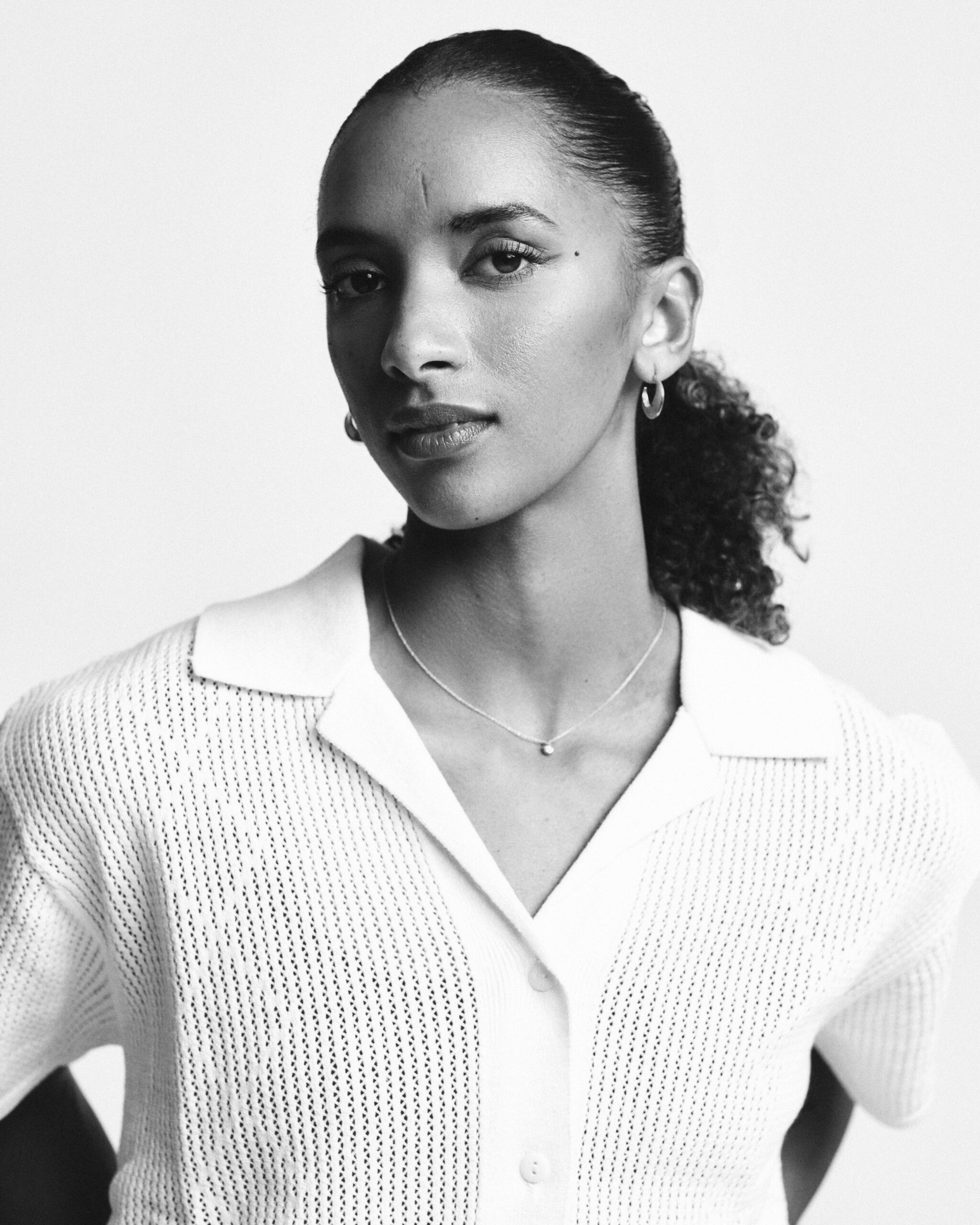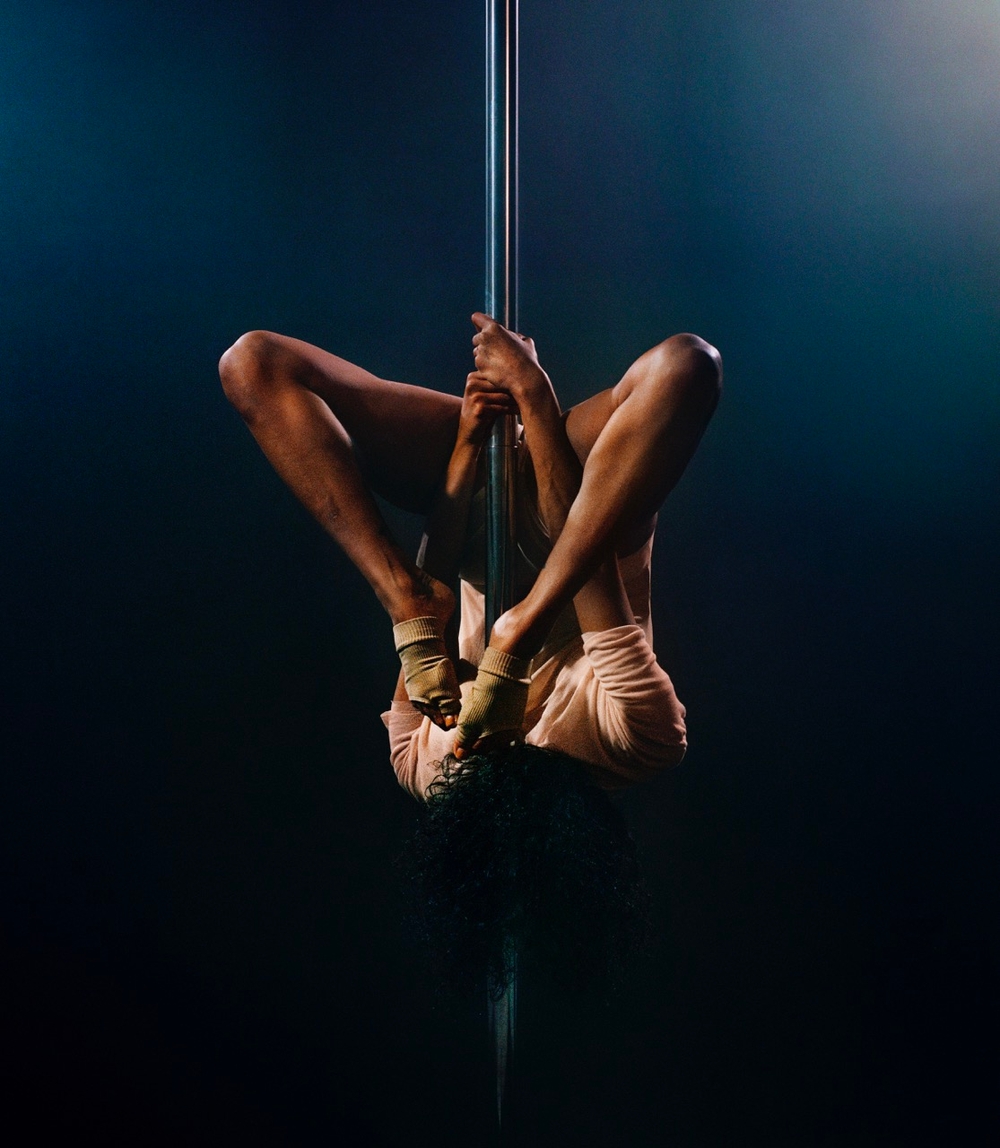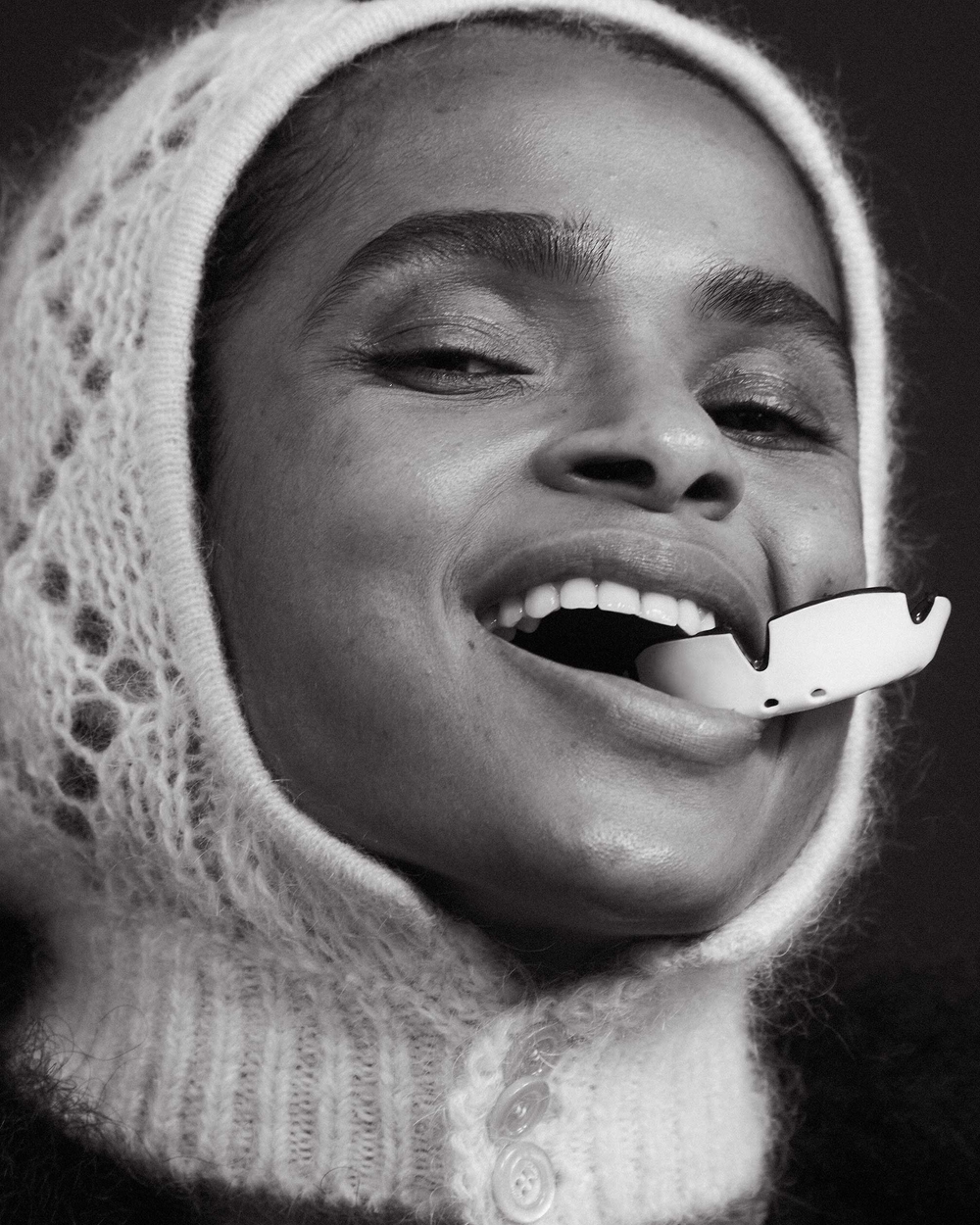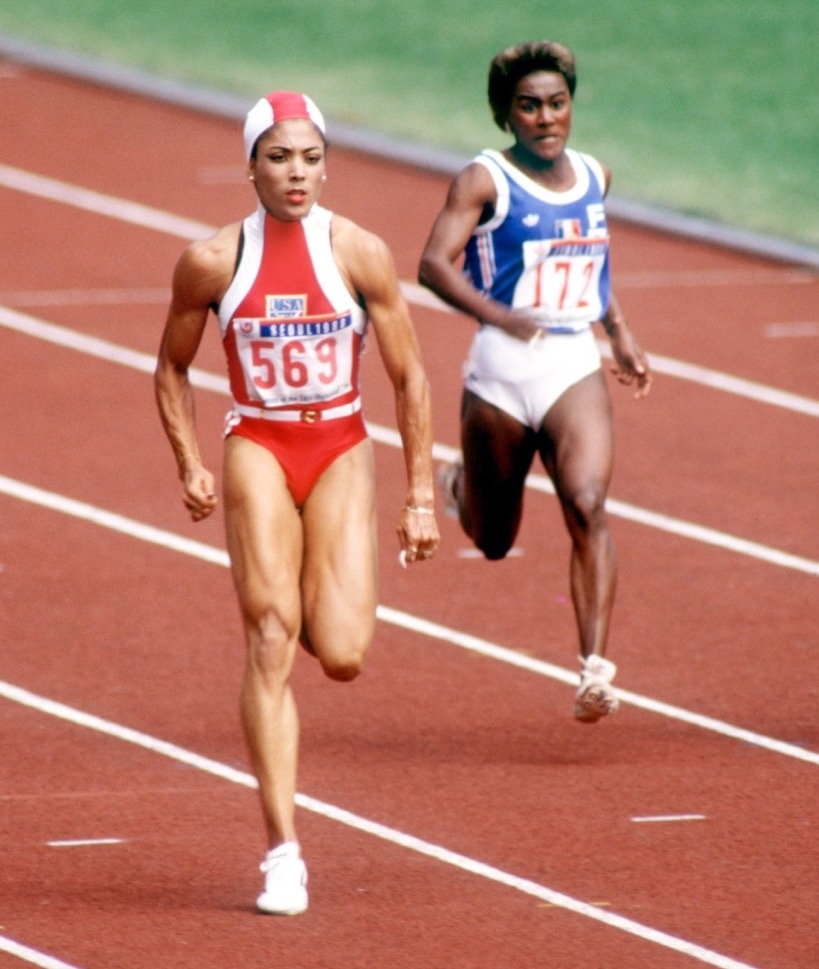
Photographer: Tom Watkins
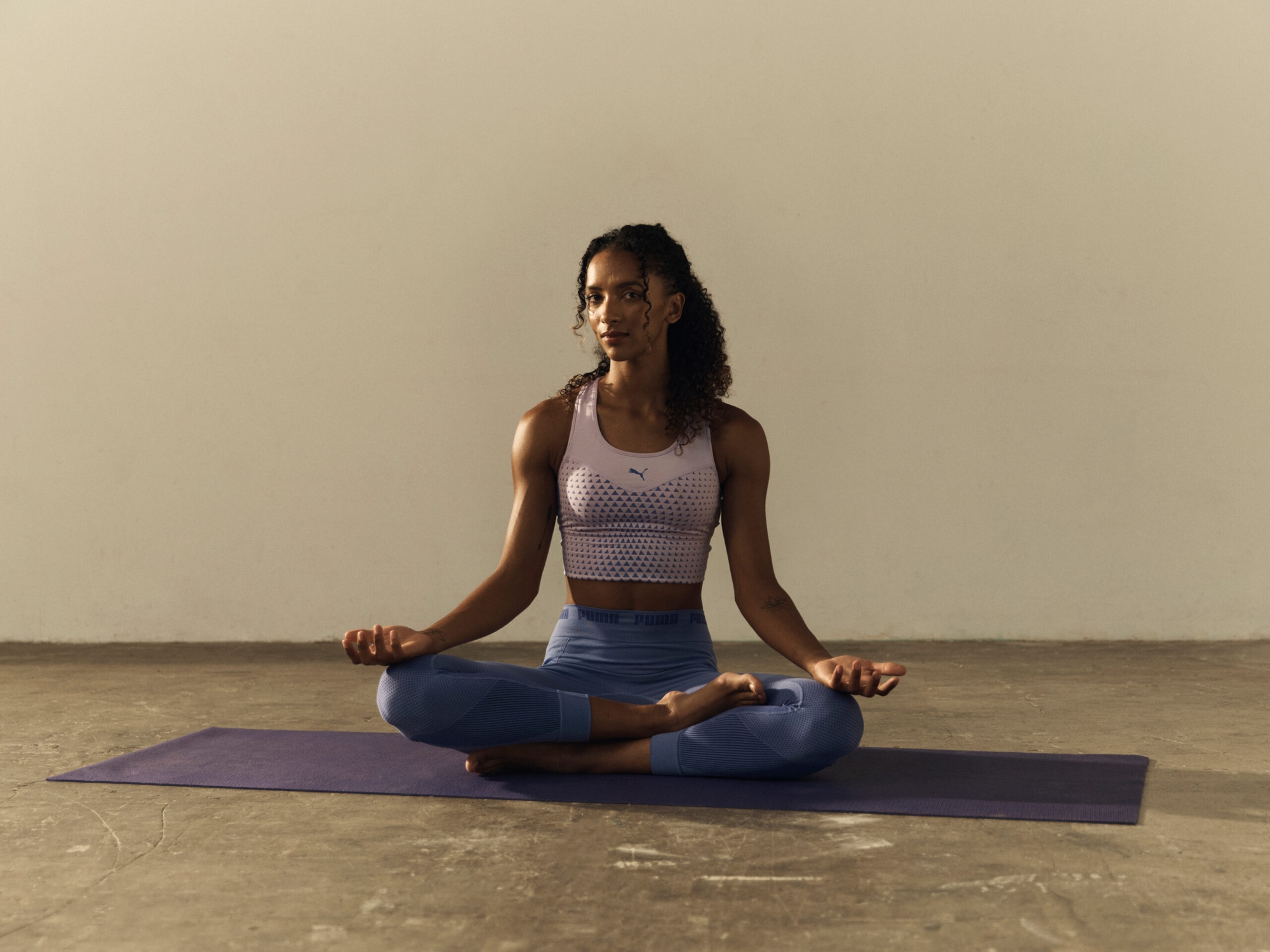
Photographer: Dave Imms
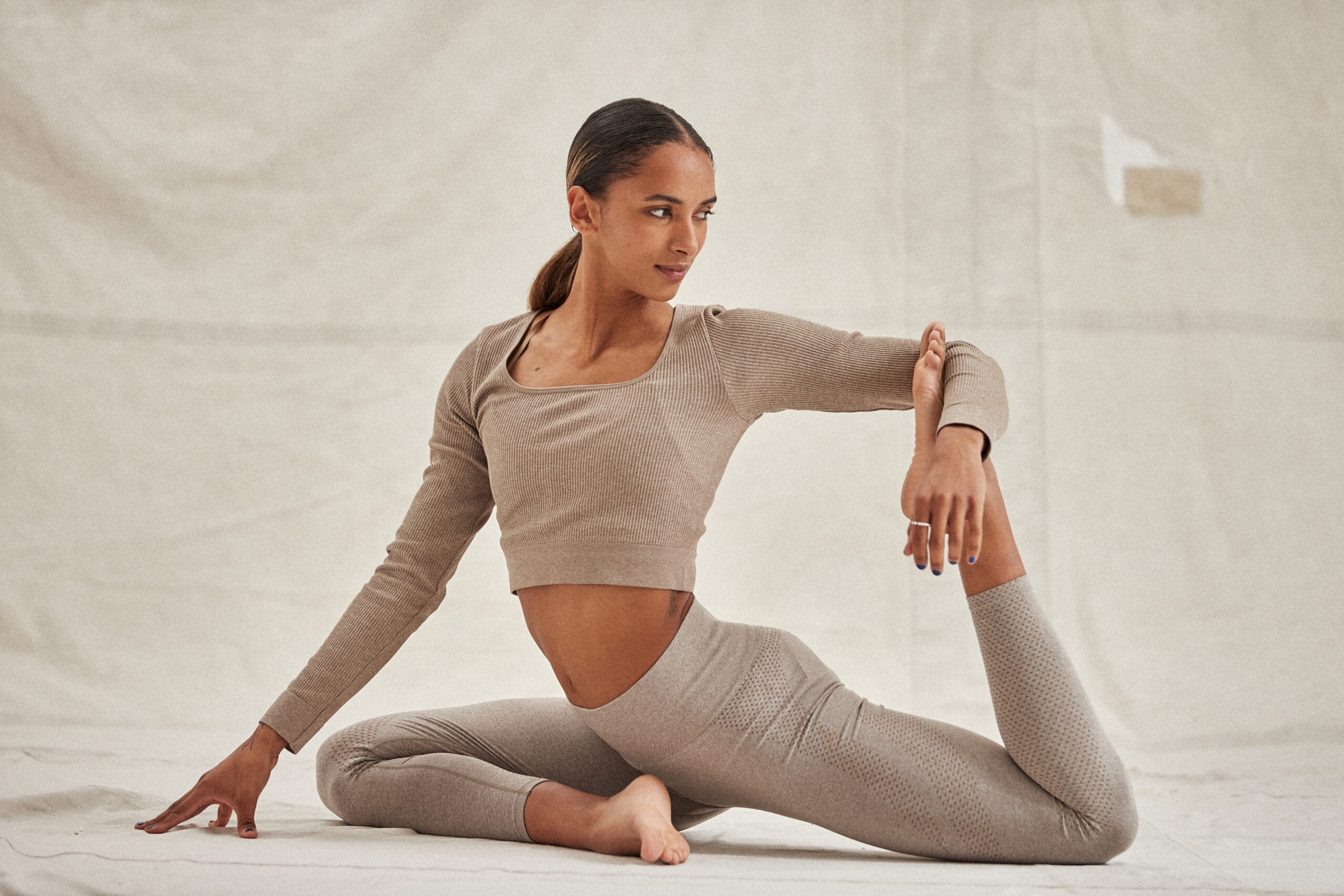
Photographer: Richard Allen
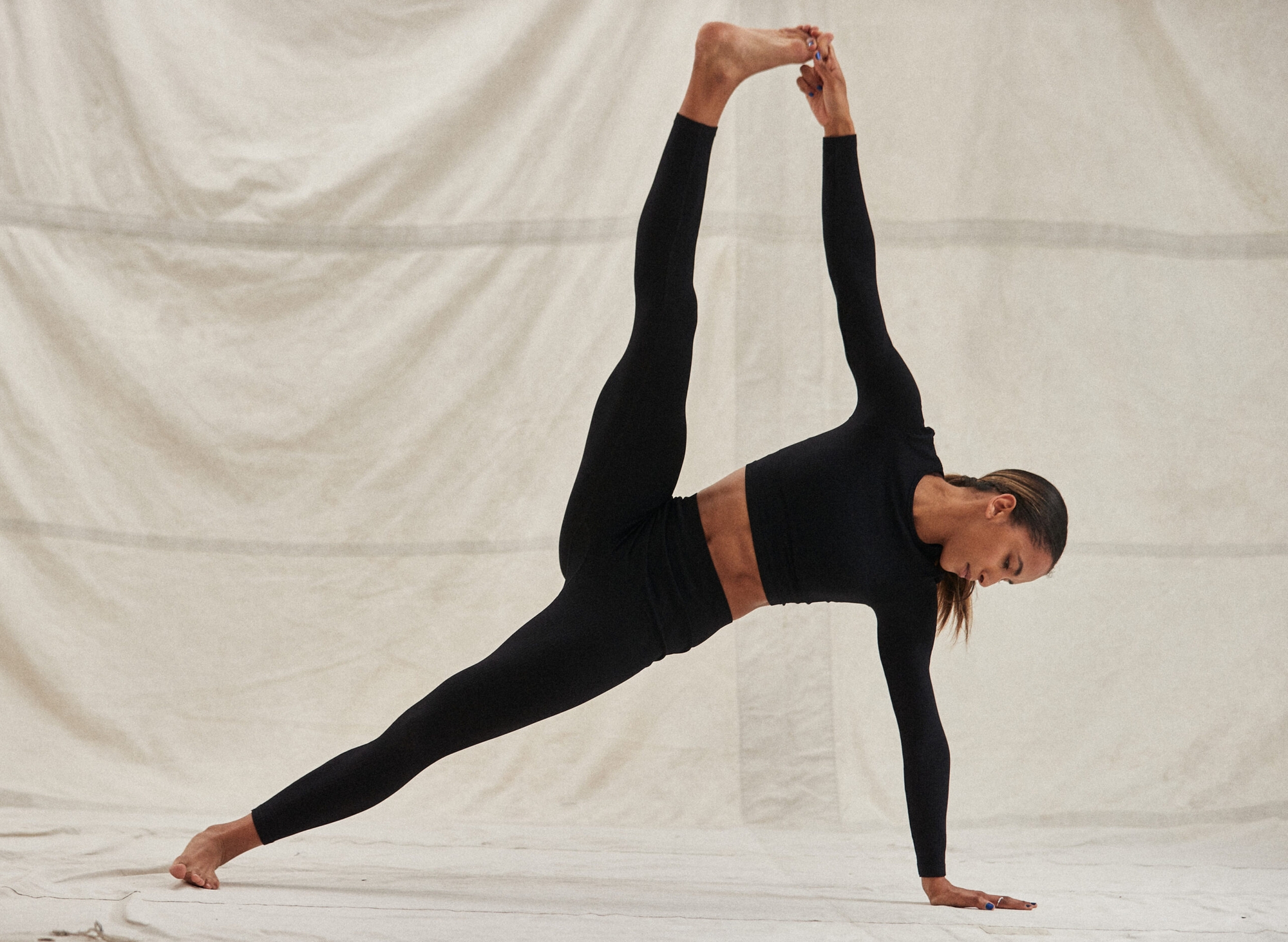
Photographer: Richard Allen
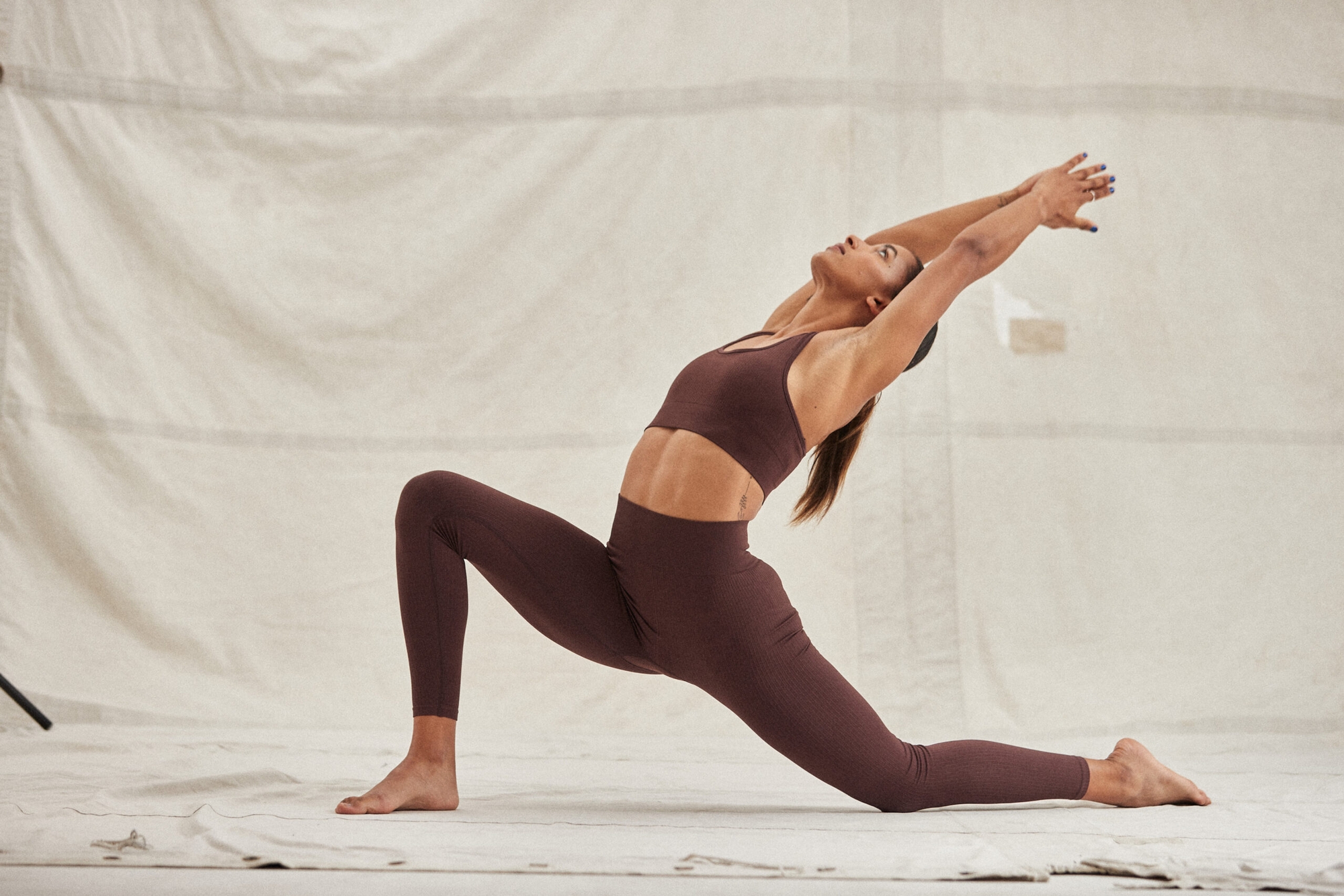
Photographer: Richard Allen

Photographer: Dave Imms
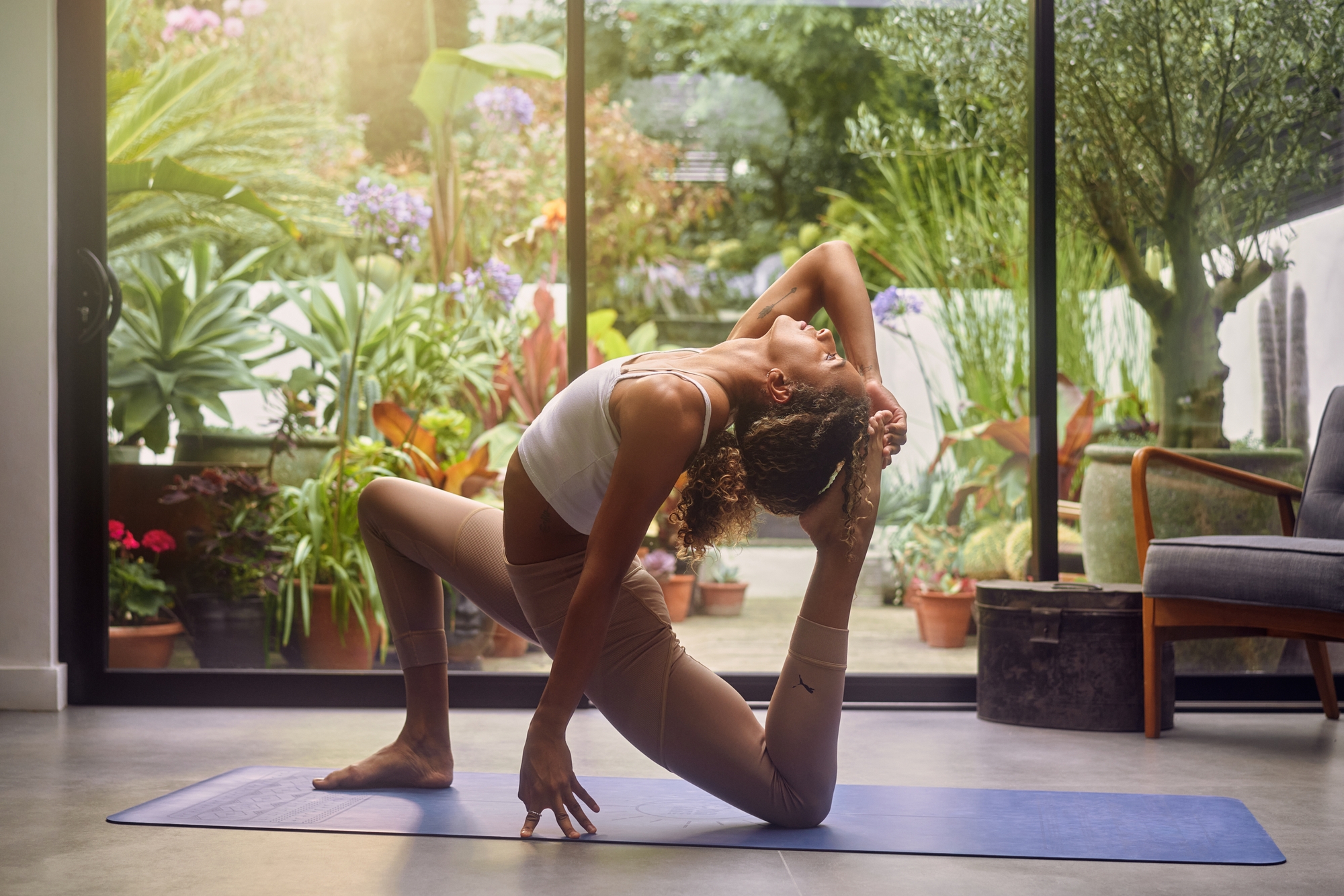
Photographer: Tom Watkins
What struck me most when I spoke with Lina Nielsen was her unyielding spirit. Not solely on the track, where she is a UK lead hurdler and sprinter – as well as being a hugely respected figure in European athletics – but how she has courageously handled her battle with multiple sclerosis. A diagnosis like hers would bring many to a screeching halt, ending their careers – but not for Lina. In our interview, Lina shares both her story and some profound wisdom about finding strength in vulnerability, her passion for yoga, and enjoying life’s everyday pleasures.

Photographer: Tom Watkins
India Bailey: Tell us a little more about how your love for running began.
Lina Nielsen: I grew up not too far from Stratford, which meant I got to watch the growth during the Olympics. The whole place changed around us. One of the incentives of the Olympic Games was to push sport around the area, which included the kids in schools. We ended up volunteering as kit carriers for the athletes. It was my first bite of the cherry, and I thought to myself: I really, really want to do this.
I found my first coach at age 17, but I never expected it to be a career. I don’t think anyone really goes into it expecting a career, and if you do it sometimes takes the fun out of it. Within two years of training properly, I had my first GB best. I raced because I loved it, and I love it to this day. I’m still a fan and watch races – I put the TV on, grab my popcorn, and just really get into it.

Photographer: Dave Imms
IB: How did you meet your first coach?
LN: I was so fortunate – we met during one of those ‘open’ meets where you can just put your name down and enter the race. He watched me and my twin sister (we do everything together) do our 800m race — we were distance runners at the time – and he looked at us and said, “You guys aren’t distance runners, you’re sprinters”. After that, we asked if we could train with him, and that’s what happened. He really just believed in everyone that he coached. He used to be an athlete himself, and he made us find the joy in sport. He took us to the European junior championships, European senior championships, and then my sister went to the World Championships. So he took us to really high places.

Photographer: Richard Allen
IB: You say that you are the only publicly known athlete runner with multiple sclerosis (MS). What has been one of the most challenging aspects of running with this condition? How have you harnessed the strength to stay in the game?
LN: The reason I say publicly known is because for a lot of us, it’s really hard to talk about. But when I released my story last summer, I had so many people – even professional athletes – reach out to me. I got diagnosed at 17, which is the same time that I started running. It’s kind of like a parallel tale. When I got diagnosed, how I approached my life changed. I remember just wanting to take everything seriously. I changed my degree choice from geography to chemistry (as initially I didn’t think I was smart enough, and just wanted to coast) and I wanted to do professional sport. In a way, MS gave me that drive to go do it. Looking back, I don’t think I would have cared as much if I didn’t get that diagnosis. It gave me the push to explore how far I could go. I said to myself, this diagnosis won’t be for nothing; we’re gonna make something of it. In a strange way, it’s really given me purpose in life. And it’s kind of the reason I’m in the game because I really want to defy the odds.
Unfortunately, last year I had a relapse, which ended my season. I didn’t perform well at the World Championships, or the Commonwealth Games, or the European Championships. In my head, I was like, I’m gonna do everything I can to get back into shape next year, and that’s what I did. Everyone has a reason for doing sport, and that’s my reason.

Photographer: Richard Allen
IB: Would you be able to explain what exactly went on for you physiologically during that relapse?
LN: It’s the strangest thing to try and describe because it’s unlike anything else you’ll ever experience. I’ll sometimes say to people: “Have you ever been on an escalator that’s not working, and it takes you a moment to figure out what is going on?” It’s like that. You tell your body to move and it doesn’t listen. The relapse I had last summer started off with numbness on the left side of my body; I couldn’t really feel my arm or my torso. The motor skills just weren’t quite connected. I could still move my body but it was just different, delayed, and uncoordinated. I could still run and that’s why people are asking how I could still go and run at the World Championships. I knew I wasn’t at my best, but I still did it. I worked bloody hard to get there. I wanted to do the best I could, and I did. I ended up qualifying for the Diamond League final, which for me was unbelievable. It’s the next best thing after the World Championships. But mentally it took its toll; it really did, and I had to take my mental health as a priority. After taking that time and going on a yoga retreat, I’m stronger than I’ve ever been. One of my favourite quotes is, “Don’t regret the things that made you strong”.

Photographer: Richard Allen
IB: You seem like you have this yin and yang essence to you. Tell me more about your love for yoga.
LN: When I started yoga, it was purely to do something different with movement. When I started, it was so different that it was like a switch off, because obviously with sprinting, it’s always go, go, go from gun to tape. Yoga was just this slow, peaceful, and personal journey. I remember when I first went to one of my first yoga classes, I just wanted to be able to do a forward fold – that was my goal, that was my journey, and I loved that. It’s so different for everyone. In the end, the reason I did my yoga teacher training was that I failed to make the World Championships in 2019. And I wanted to know more about yoga and to teach myself. But as my journey unfolded, I started to see myself as a teacher, which wasn’t the goal initially, but I wanted more people to find the same joy as me. Sometimes sport isn’t really accessible to everyone but yoga is.

Photographer: Dave Imms
IB: I’m sure this changes a lot but what does your morning or evening routine look like on average? Or what would you like it to look like?
LN: I wish I was a morning riser, but I’m really not. With sprint training, we don’t train early because we need the body to wake up to move fast. We end up training around 10am. The first thing I do when I get up is get the coffee going – freshly roasted. That’s my non-negotiable. I will then walk my dog as soon as I can. I didn’t realise how important that gentle movement is at the beginning of the day, so much so that I can’t do life without it. It has made such a difference in my life and training. My nighttime routine is my thing. I meditate every single day mainly because it’s something my sports psych has prescribed to me. I try to wind down from about 7pm. So I can get into that headspace, and I’ll also try to do my skincare routine. I like quiet time. So I’ll either read a book or do my German lessons and then visualise in bed.

Photographer: Tom Watkins
IB: What would you say are some words you live by when it comes to your personal and professional life?
LN: One thing I’ve learnt is to separate the athlete and the human. Sometimes we can take a bad performance and let that define us. The human inside us needs nurturing too. Don’t neglect the things that make you, you. Another thing is: keep your support system; it’s so important. You never know when you’re going to really need them!
IB: What are you listening to right now?
LN: My go-to artist when I want to get in the mood is Dave. What’s on repeat for me is “Apricots” by Bicep, and anything by Fred Again.
IB: Who has been a big influence or inspiration for you?
LN: This is going to sound cliché, but my twin sister (Laviai Nielsen). We keep each other going. She’s just got this mental drive; she’s so fearless when it comes to races and training, and I really want to be like her.
IB: Outside of the wellness and sports space. Where can we find you on a day off?
LN: My ideal day would be a Sunday. I’m at the farmers’ market picking up ingredients for dinner for friends. In the evening I would be at a small quaint wine bar having an orange wine and sitting up at a little table. That would be a perfect day.
IB: What’s your favourite thing to cook or what food makes you feel the happiest?
LN: Oh, it’s my Lamb-sagna which pretty much takes me all day to make but is a crowd pleaser. I do the ragu with lamb instead of beef. If I have time, I’ll make a sourdough focaccia as well. I love cooking; it’s my therapy.
IB: What’s on your bedside table?
LN: I’m a massive reader; I always have my Kindle with me. Right now you will find a copy of Dan Brown’s Inferno on my bedside. I also like a modern contemporary fiction piece, The Flatshare is great.
IB: What is a message you wish to spread to those with MS or living with other conditions or disabilities that could affect performance when it comes to sport?
LN: I would say do your own research. As much as I think the healthcare system is great, it’s kind of a “one size fits all” answer that you get given. Try to really understand the condition and your body. I know it’s super hard because you just want to forget everything but do the research and look for the success stories to help guide you and prove things can and are possible.
